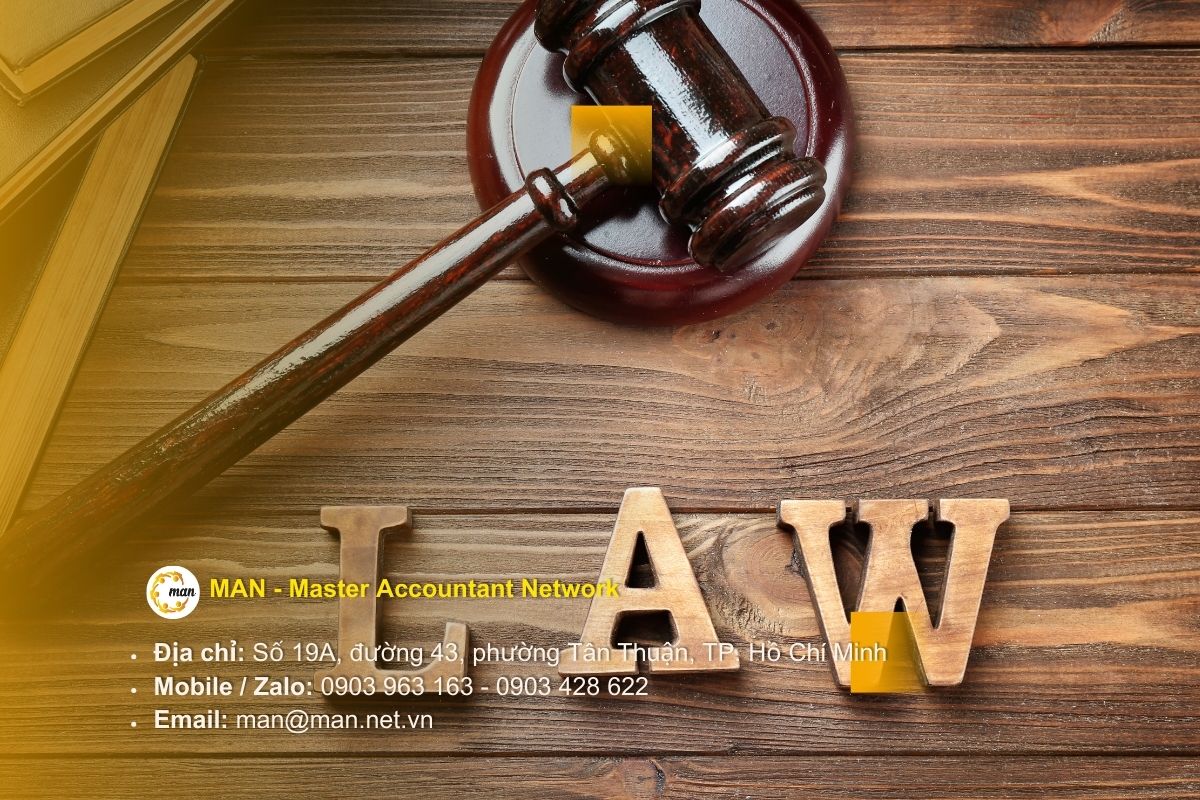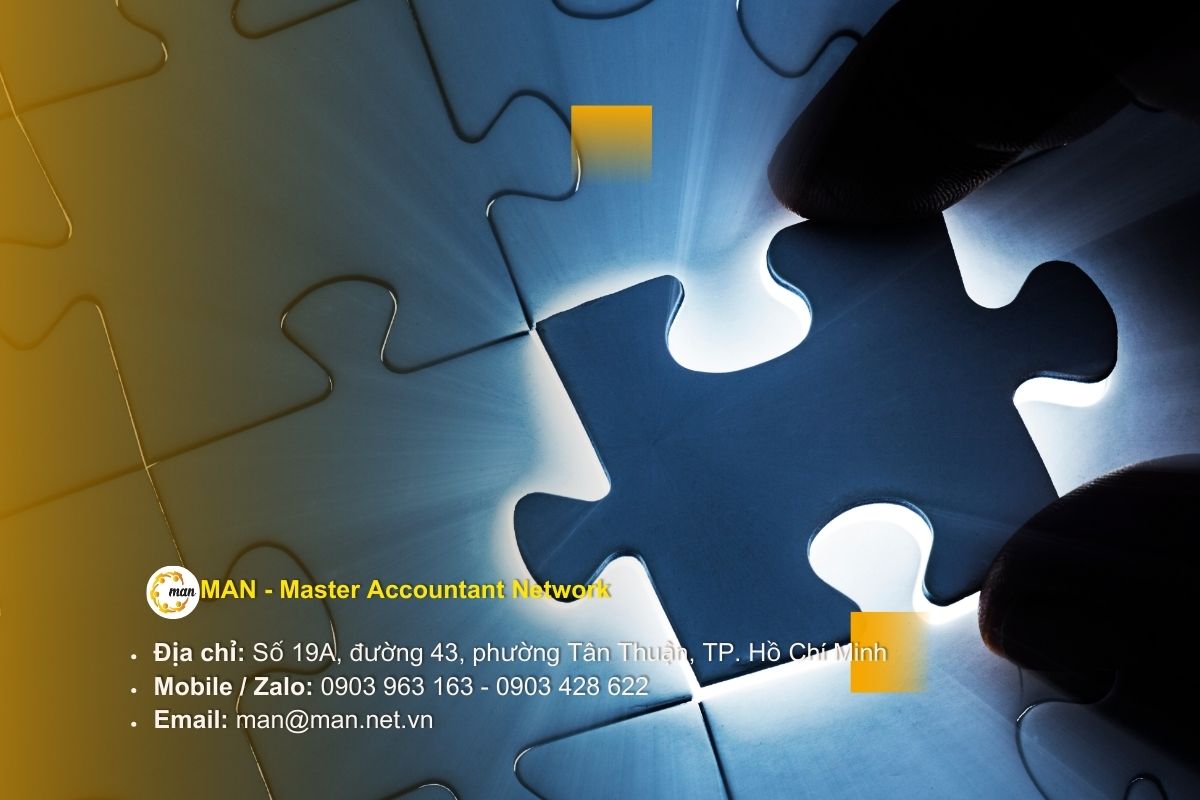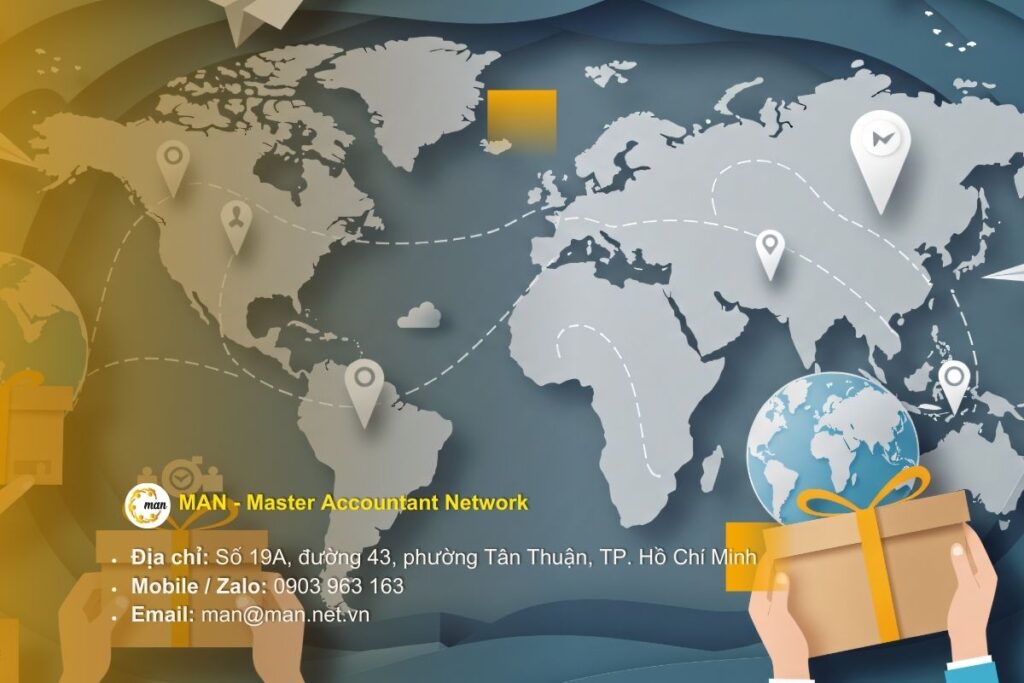In the context of increasingly strict tax management, controlled interest expenses have become a highlight that every business needs to pay attention to. According to the regulations at Decree 132/2020/ND-CP, the interest expense exceeding 30% EBITDA will not be deductible when calculating corporate income tax (CIT). This requires businesses to proactively build a reasonable capital structure, effectively manage debt and strictly comply with tax authorities' instructions to minimize legal risks.
Legal basis for controlled interest expenses
To understand the mechanism for controlling controlled interest expenses, businesses need to refer directly to Decree 132/2020/ND-CP, a legal document detailing the principles of determination, deduction rate limits, and applicable exceptions. This is an important basis to help businesses comply with regulations and optimize capital strategies.

Regulations on controlled interest expenses
According to Clause 3, Article 16 of Decree 132/2020/ND-CP, the total interest expense deductible when determining taxable income for enterprises with related-party transactions is determined as follows:
“ Total interest expense after deducting deposit interest and loan interest arising during the period of the taxpayer is deductible when determining taxable income of corporate income tax does not exceed 30% of total net profit from business activities during the period plus interest expense after deducting deposit interest and loan interest arising during the period plus depreciation expense arising during the period of the taxpayer.
Source: Law Library
This means that the interest expense deductible when determining taxable income for corporate income tax does not exceed 30% of the total EBITDA (Earnings before interest, tax, depreciation and amortization) of the enterprise.
Deductible interest expense control ratio (30% EBITDA)
The 30% EBITDA cap is used to determine the amount of interest expense that can be deducted when calculating corporate income tax. This means that a business can only deduct interest expense within its 30% EBITDA. The portion of interest expense that exceeds this cap will not be deducted when determining taxable income for the tax period.
Exceptions are excluded or accommodated
Decree 132/2020/ND-CP stipulates a number of exceptions to the application of the interest expense control ratio:
- Businesses have affiliate transactions with credit institutions according to Point d Clause 2 Article 5 Decree 132/2020/ND-CP.
“An enterprise guarantees or lends capital to another enterprise in any form (including loans from third parties secured by the financial resources of the related party and financial transactions of a similar nature) on the condition that the loan amount is at least equal to 25% of the capital contribution of the owner of the borrowing enterprise and accounts for more than 50% of the total value of the medium and long-term debts of the borrowing enterprise”
- Pursuant to Clause 3, Article 16 of Decree 132/2020/ND-CP regulating loan interest expenses.
“The portion of non-deductible interest expenses as prescribed in Point a of this Clause shall be transferred to the next tax period when determining the total deductible interest expenses in case the total deductible interest expenses arising in the next tax period are lower than the level prescribed in Point a of this Clause. The period for transferring continuously calculated interest expenses shall not exceed 05 years from the year following the year in which non-deductible interest expenses arise.
Source: Clause 3, Article 16
Mastering these regulations helps businesses not only comply with the law but also optimize interest costs, minimize tax risks and improve business efficiency.
Factors affecting controlled interest costs
Determining the amount of interest expense subject to control is not only based on actual interest figures, but also depends on many factors affecting the financial structure, business operations and specific characteristics of the enterprise. Understanding these factors helps enterprises predict the amount of interest expense deductible and optimize taxable profits.
Earnings before interest, taxes, depreciation and amortization (EBITDA)
The interest expense control ratio is usually applied based on 30% EBITDA according to Decree 132/2020/ND-CP. Therefore, the higher the EBITDA, the more interest expense the enterprise can deduct; conversely, low EBITDA will limit the ability to deduct interest.
For example: The company has EBITDA of VND 10 billion, total interest expense incurred is VND 5 billion. When applying the 30% control ratio, the maximum deductible interest expense is VND 3 billion, the remaining VND 2 billion will not be deducted during the period.
Debt and equity structure
One of the important factors that directly affect the controlled interest expense is the structure between debt and equity. The choice of debt to equity ratio not only determines the scale of interest expense incurred but also affects the ability to deduct taxes. Therefore, analyzing and optimizing the debt and equity structure becomes an indispensable step in corporate financial management.
- The debt to equity ratio directly affects the total interest expense incurred.
- Enterprises with high debt capital structure will have high interest rates, but need to consider because costs exceeding 30% EBITDA will be controlled.
- Conversely, businesses that primarily use equity capital will reduce the risk of interest expense being controlled but may increase the cost of equity.
Transaction type
For businesses with related-party transactions, interest arising from related-party loans will be strictly controlled. Loans from independent credit institutions can be fully deductible, while loans from parent companies or subsidiaries can be controlled at the 30% EBITDA ratio.
Deductible and non-deductible interest expenses
When considering the regulation on controlled interest expenses, businesses need to clearly distinguish between deductible and non-deductible expenses. Understanding this boundary correctly not only helps businesses optimize tax obligations but also limits risks when being inspected and audited by tax authorities. Specifically, interest expenses can be divided into the following two main groups:
- Deductible interest expense: Actual interest incurred during the period, in accordance with legal regulations, not exceeding the control rate.
- Non-deductible interest expenses: Amount exceeding the control ratio, interest expenses arising from transactions without sufficient supporting documents or from loans that are illegal under the law.
Factors such as EBITDA, loan structure, transaction type, and deductible interest expense directly affect the controlled interest expense level. Understanding these factors helps businesses optimize financial costs, reduce tax risks, and comply with the provisions of Decree 132/2020/ND-CP.
The impact of controlled interest costs on businesses
Controlled interest costs have a direct and significant impact on a company's financial performance, capital strategy, and tax obligations. Understanding these impacts helps business leaders make effective capital management and cost optimization decisions..

Impact on taxable profit
Controlled interest expenses reduce the amount of interest expenses deductible when determining taxable income. Therefore, taxable profits increase, leading to higher corporate income tax (CIT) payable.
Example: The enterprise has interest expense of 6 billion VND but can only deduct 4.5 billion VND according to the 30% EBITDA ratio, the remaining 1.5 billion VND will increase taxable profit and tax payable.
Source: Law Library
Impact on capital strategy and debt management
Due to the controlled interest expense, enterprises need to consider the loan capital structure to optimize between debt capital and equity capital. Interest arising from loans linked to or exceeding the controlled ratio will not be deducted, leading to higher capital costs.
Large enterprises often adjust their debt structure to reduce the controlled interest expense, in order to reduce tax costs and optimize cash flow.
Impact on financial and investment planning
The limitation on deductible interest expenses may make businesses more cautious in their decisions to borrow capital for expansion investment. Businesses need to consider the need for capital and the ability to deduct interest, and plan appropriate cash flow and profits.
Tax audit risk
Controlled interest expenses are directly related to related-party transactions. If a business fails to prove that its loans are legitimate or exceed the controlled ratio, it will be at risk of having its interest expenses excluded when the tax authority conducts an audit. This will not only affect its tax obligations but may also lead to penalties for violations in declaring and proving expenses.
Controlled interest expenses have a profound impact on taxable profits, capital strategies, tax risks and financial planning of enterprises. Understanding the regulations on controlled interest expenses in Decree 132/2020/ND-CP and making a reasonable borrowing plan are key factors to help enterprises optimize financial costs and comply with the law.
Optimal solution for controlled interest costs
The interest expense control under Decree 132/2020/ND-CP is not only a legal limitation but also an opportunity for businesses to optimize financial strategies, manage capital and minimize tax risks. Below are practical solutions to help businesses proactively respond.
To help businesses proactively cope with controlled interest costs, applying capital management solutions, optimizing EBITDA, adjusting loan timing and creating related transaction records is extremely necessary. Businesses can easily apply to optimize deductible interest costs and reduce controlled costs.

Below is a summary of solutions for businesses related to controlled interest costs:
Board: Summary of solutions related to controlled interest costs.
| Solution | Detail |
| Make a reasonable loan plan | Determine the structure of debt and equity: Consider borrowing from parent company, subsidiaries and independent credit institutions to reduce interest expenses exceeding 30% EBITDA. Choose your preferred source of credit: Interest on loans from independent banks is usually fully deductible, while affiliated loans may be subject to controls. |
| Monitor and optimize EBITDA | Increase earnings before interest, taxes, depreciation and amortization (EBITDA): Helps increase the amount of interest deductible based on the 30% EBITDA ratio. Control operating costs: Cut unnecessary costs, improve operating efficiency to increase EBITDA, which means more interest expenses are deducted. |
| Loan interest management and timing | Adjust loan timing: Plan your loan to match the tax period with high EBITDA. Monitor interest expenses incurred: Monitor periodically, plan to carry over excess expenses to the next period if necessary. |
| Complete affiliated transaction documentation | Transparent loan collateral: Full documentation of legitimate expenses reduces the risk of rejection. Compliance with legal regulations: Understand Decree 132/2020/ND-CP and instructions of the General Department of Taxation. |
FAQ
Can controlled interest expenses be carried forward to the following year?
According to Decree 132/2020/ND-CP, the portion of interest expense that is controlled to exceed 30% EBITDA in the tax period is not completely eliminated, but the enterprise can still transfer it to deduct in the following tax periods under legal conditions. Specifically, the excess expense is allowed to be carried forward for a maximum of 5 years from the tax period in which it arises, with the requirement that it must be fully accounted for, documented and proven to be actual, legal borrowing expenses.
Is there a difference between an enterprise with related transactions and an enterprise without related transactions?
For enterprises without related-party transactions, interest expenses often arise from regular loans with banks or credit institutions, unrelated to related-party transactions. Therefore, the application of the regulation on controlled interest expenses only follows the general 30% EBITDA ratio. Meanwhile, for enterprises with related-party transactions, loans from parent companies, subsidiaries or units in the same group will be more strictly controlled. These loans are easily subject to strict control unless the enterprise proves the reasonableness of the interest rate, the purpose of the loan and has a complete and transparent related-party transaction record in accordance with the law.
If the parent company guarantees the loan, will it be affected by interest rate control?
The parent company guaranteeing the loan does not change the principle applied to controlled interest expenses. According to the provisions of Decree 132/2020/ND-CP, the deductible interest expense is still limited to a maximum of 30% EBITDA, regardless of whether the loan is guaranteed by the parent company or not. However, businesses should note that preparing documents proving the legality of the loan, a clear guarantee contract and demonstrating the transparent purpose of capital use will help minimize the risk of being excluded from expenses when the tax authority conducts an inspection or examination.
Conclude
The interest expense controlled by Decree 132/2020/ND-CP is an important factor that directly affects the taxable profit, capital strategy, debt management and legal compliance risks of the enterprise. Through the analysis, illustrative examples and solution table, it can be seen that:
- Reasonable borrowing planning and choosing priority borrowing sources help businesses optimize deductible interest costs.
- Optimizing EBITDA and controlling operating expenses increases the amount of deductible interest expense.
- Managing interest and the timing of its occurrence, and creating complete transaction records, helps reduce the risk of having costs excluded during tax audits.
- The portion of interest expenses exceeding the control level can be transferred to the next period (up to 5 years) if legal conditions are met, helping businesses to be flexible in their financial planning.
For detailed advice on optimizing controlled interest costs and planning effective borrowing, please contact Contact MAN – Master Accountant Network now Leading consulting firm in the field of tax management and related party transactions. MAN – Master Accountant Network is committed to accompanying, providing professional, transparent and effective solutions, helping businesses develop sustainably.
Contact information MAN – Master Accountant Network
- Address: No. 19A, Street 43, Tan Thuan Ward, Ho Chi Minh City
- Mobile / Zalo: 0903 963 163 – 0903 428 622
- E-mail: man@man.net.vn
Editorial Board: MAN – Master Accountant Network




